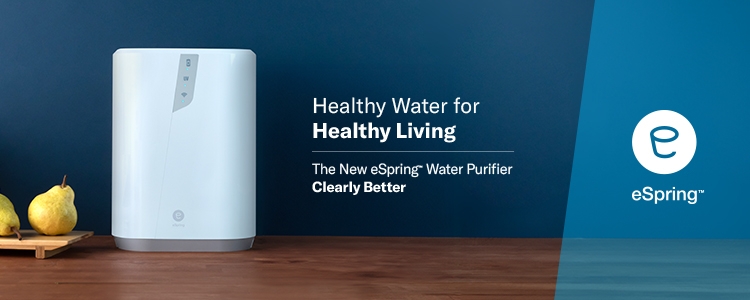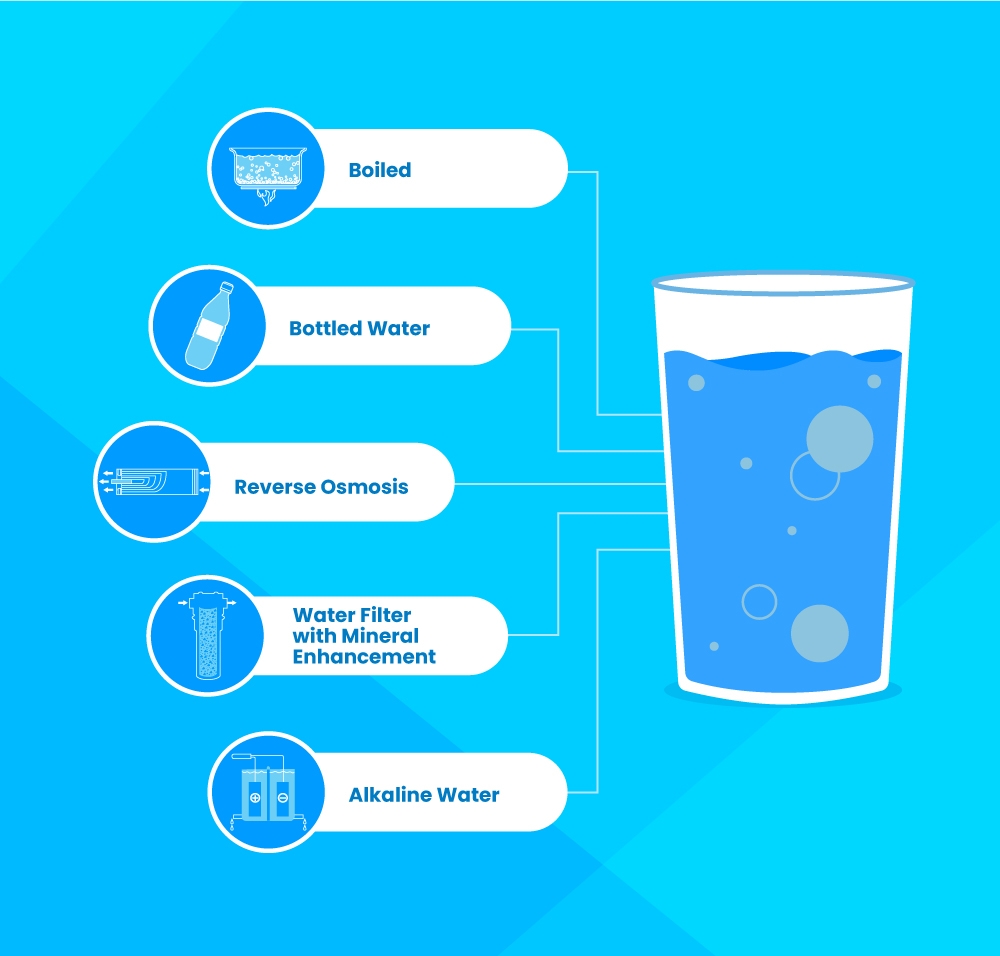
In our previous article, we explored the various sources of water contamination in Malaysia and the potential health effects of microplastics and pharmaceutical waste in drinking water. We have also learned how important it is to choose the most suitable water treatment system in order to ensure safe, clean and healthy mineralised drinking water for you and your family.
Today, let’s look at the various types of drinking water supplies from different water treatment systems currently available in Malaysia, and see which drinking water is more suitable for Malaysians.
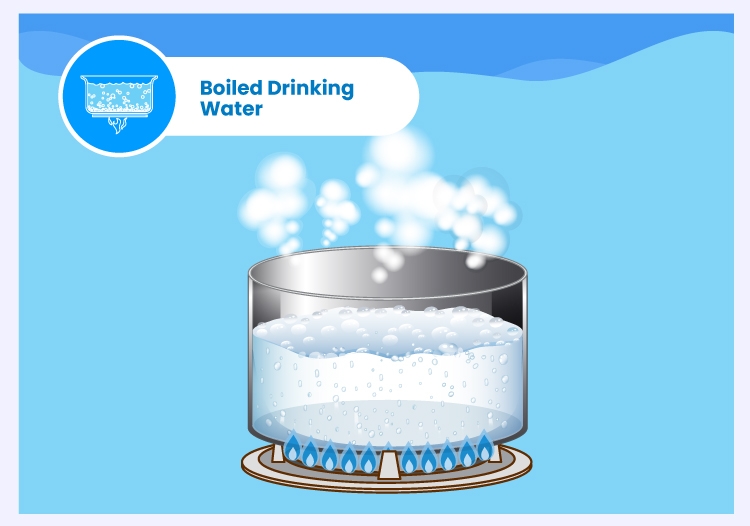
Perhaps the most traditional water treatment system on our list, this method involves boiling water for a minimum of 5 minutes to kill potentially hazardous waterborne microorganisms,such as bacteria, viruses and protozoans or any parts of the sanitation process that can cause diseases and infection.
That said, boiling does not reduce particulates or many inorganic and organic compounds, nor will it improve water taste, colour or odour. In fact, boiling your drinking water can sometimes alter its taste and odour, making it less appetising. Boiling your drinking water may also lead to loss of minerals and nutrients present in the water such as calcium, magnesium and potassium. It is also very inconvenient and time consuming.
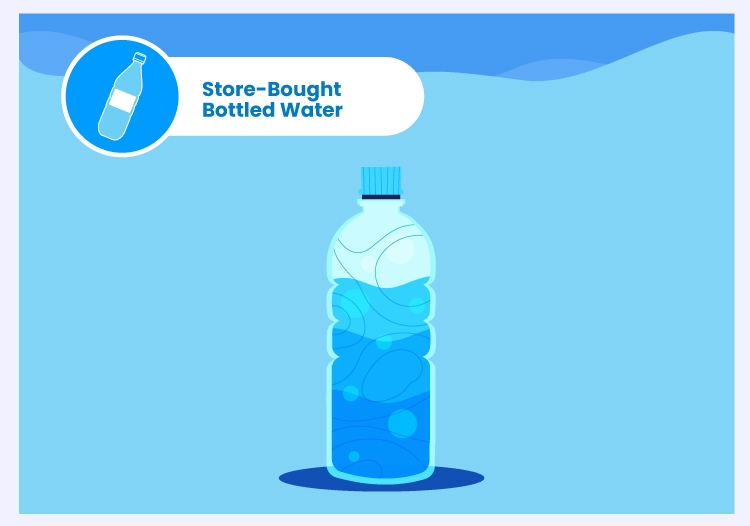
2. Store-Bought Bottled Water
Widely available in supermarkets, newsstands and convenience stores, bottled water can be produced from spring water, mineral water, tap water or distilled water. It is perceived to be of higher quality in terms of taste, odour and clarity as well as microbiological, chemical and microplastic contamination.
However, it is difficult to be certain of its quality as most bottled waters are treated to improve taste and appearance only and may still contain bacteria, as well as organic and inorganic compounds. Not to mention the risk of contamination from single-use plastic bottles and the fact that larger volumes can be expensive to buy and inconvenient to use.
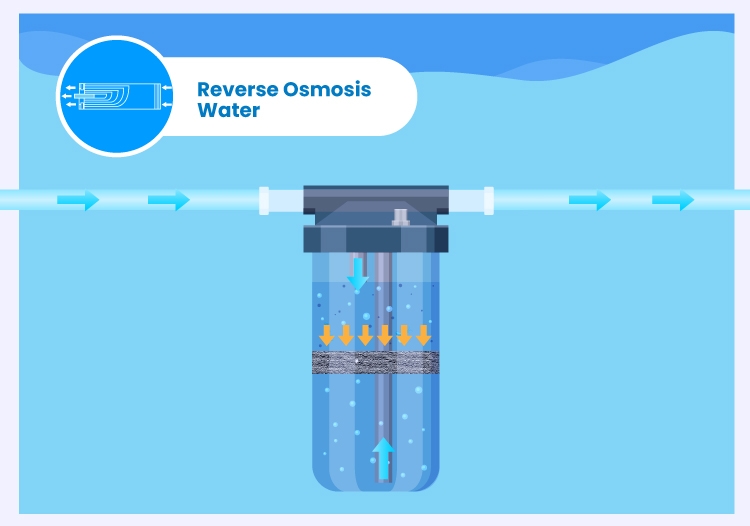
3. Reverse Osmosis Water
Commonly found in commercial and residential areas, reverse osmosis units use water pressure to push drinking water through a thin membrane. Through this water treatment system, contaminants are rejected by the membrane to reduce inorganic compounds, while some reverse osmosis units can be designed to also reduce organic compounds.
Aside from the fact that it reduces essential minerals, this method is slow and a lot of water is wasted in the process. More importantly, it is not considered an effective barrier against waterborne bacteria and viruses. Over time, the unit’s membrane becomes foul so its filtration performance can decline.
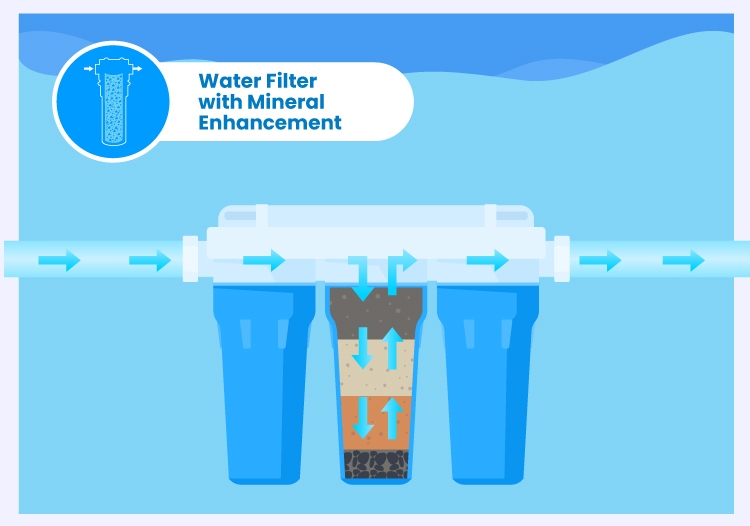
4. Water Filtered With Mineral Enhancement
In this water treatment system, water is filtered through several types of filters, one of which contains mineral rocks. Thus, the resulting water comes with mineral enhancement.
Unfortunately, it does not provide optimum filtration results as it does not reduce inorganic compounds, bacteria or viruses, which means the mineralised drinking water filtered using this method may still contain these contaminants, especially microplastics and pharmaceutical waste.
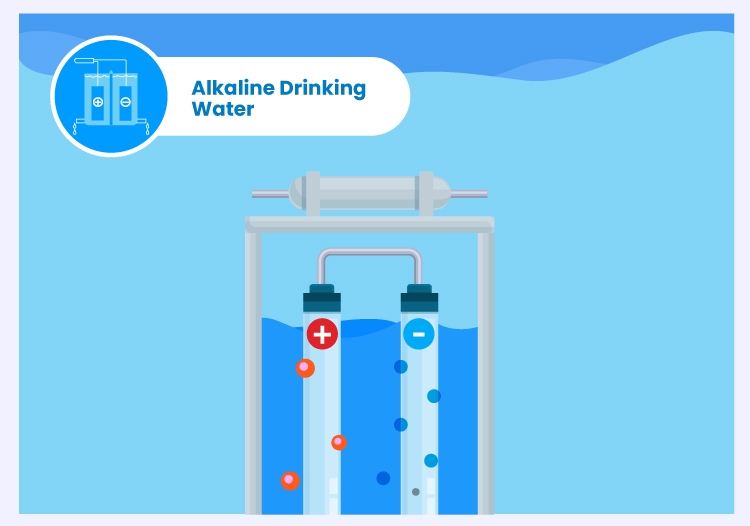
5. Alkaline Drinking Water
A popular choice, alkaline water is produced by an electrolytic water generator. This water treatment system is reported to produce drinking water with high pH in small molecular water clusters, which is supposed to penetrate cells more easily.
Although several claims have been made, there are no controlled clinical studies to prove the effectiveness of alkaline water in humans. In fact, it cannot effectively reduce chlorine, organic compounds, or inorganic contaminants from mineralised water. Besides that, it produces both alkaline and acidic water streams.
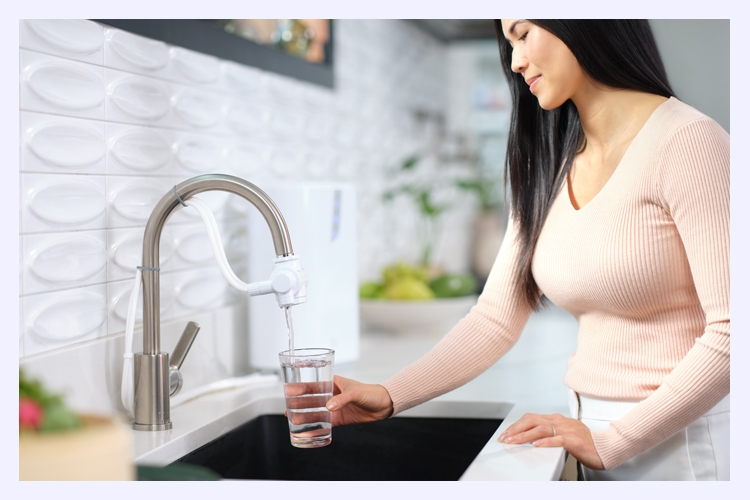
Now let’s see how the new eSpring Water Purifier’s technology provides clean and healthy mineralised drinking water.
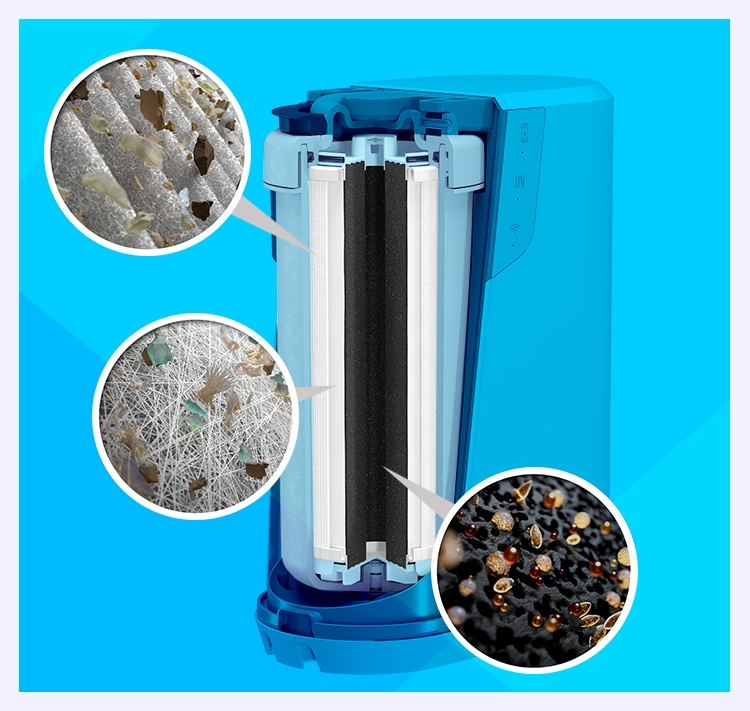
The instant it flows from your tap, the water is forced through the eSpring e3 Carbon Filter. Made up of 3 premium layers, the eSpring e3 Carbon Filter reduces 170+ contaminants. From microplastics and volatile organic compounds (VOCs) to Perfluorooctanoic acid (PFOA) and Perfluorooctanesulfonic acid (PFOS) as well as 19 pharmaceuticals and 1,2,3-TCP, all these water contaminants down to 0.2 microns (300-500x smaller than a human hair) are effectively reduced.
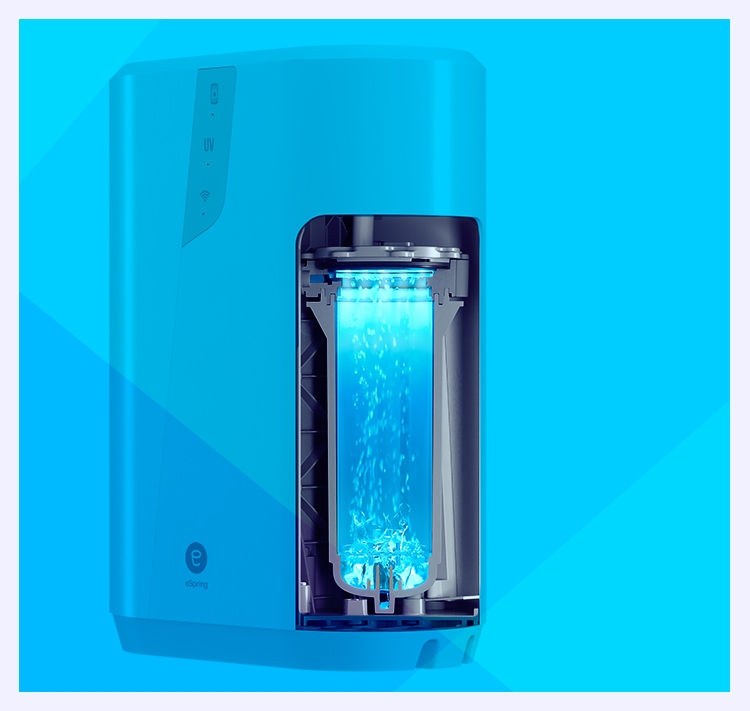
Next, the water flows into the UV-C LED chamber, where UV-C LEDs emit high-energy ultraviolet light in the 267 nanometre wavelength range on average. This enables the eSpring Water Purifier to effectively kill 99.9% of microorganisms such as bacteria, viruses and cysts that may be present in your drinking water. At the same time, essential minerals such as calcium and magnesium continue to flow through, so you can enjoy mineralised drinking water with optimum health benefits.
Incidentally, eSpring’s long life and low maintenance cost reduces the overall cost of treated water. The true value of eSpring lies in its ability to provide you and your family with safe, clean and healthy mineralised drinking water for years to come.
In summary, making a careful decision in choosing which drinking water is the one for you is beneficial for your overall health. Remember, clean healthy water is more than just to prevent dehydration.
Make the clearly better choice and invest in healthy water for healthy living!
Prelaunch of the new eSpring Water Purifier is available for Platinums & Above from 21 Jul – 31 Aug 2024.
Get ready for the official launch on 1 Sep 2024!
